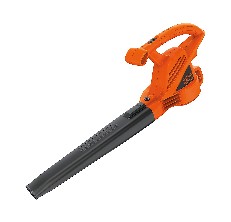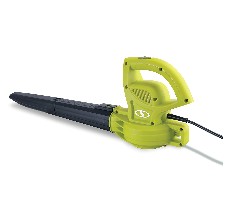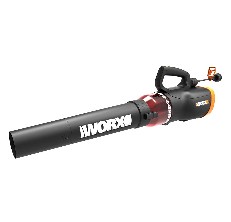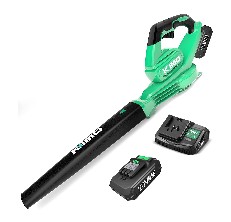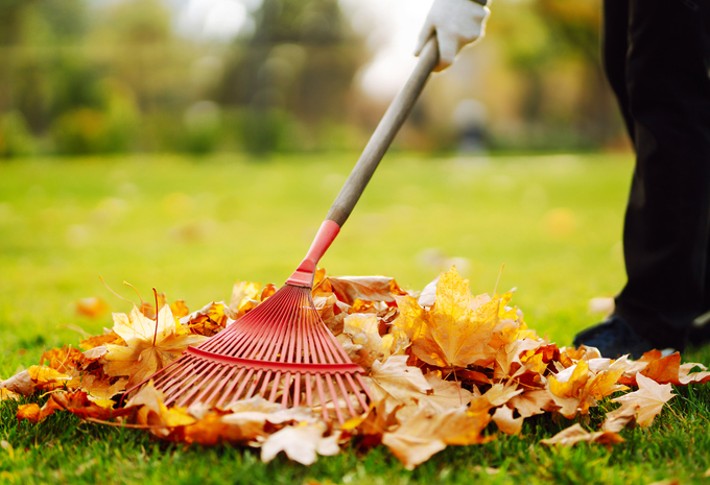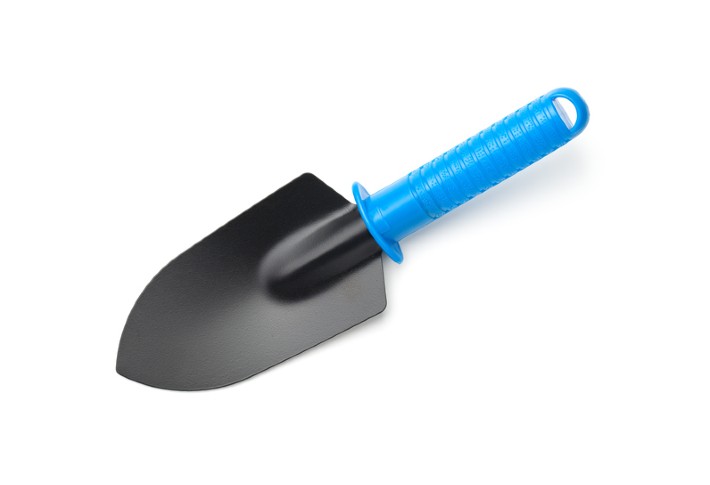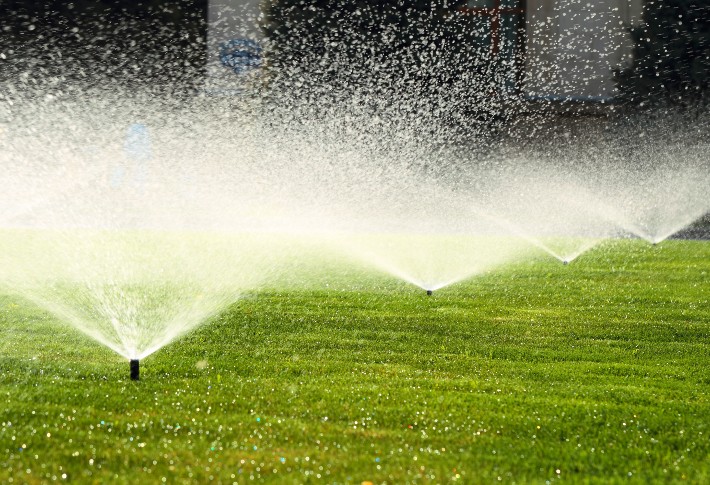Keep Off Debris With the Best Leaf Blowers on the Market
A leaf blower is an essential, versatile, and time-saving tool for taking care of your outdoors. If you’re fatigued by the back-breaking work of clearing leaves and raking cut grass, it’s time for you to get a leaf blower. Leaf blowers can be a game-changer in your landscaping needs, especially in the autumn and winter months. Instead of rakes, they can be used for leaves, to get rid of dirt and debris, and even clear snow. It’s no surprise that manufacturers have moved to fill this gap, so there are many options available. To help, we have provided this list of our favorite leaf blowers in 2023. Our editors have made sure this list is up to date with a variety of the latest cutting-edge technology, and there is something that will suit your needs.
Buyer’s Guide to Finding a Leaf Blower
What Are Leaf Blowers Used For?
As you might already know, a leaf blower is a common landscaping or gardening tool that expels air from a hose outlet and is used to remove leaves, grass cuttings, and other kinds of debris from areas such as lawns, patios, and backyards to name a few. You might not already know that there are also some more time-saving and creative uses of leaf blowers. You can utilize leaf blowers for clearing away light snow from driveways and walkways, or drying your car immediately after washing it to prevent spots. You can also utilize leaf blowers to blow out debris from the inside of your car. Other creative ways leaf blower owners can use their tool include drying up rain from surfaces, clearing the roof gutters, and clearing up wood chips after woodwork in the garage.
What Are the Different Types of Leaf Blowers?
Leaf blowers can be divided into two broad types: gas leaf blowers and electric leaf blowers.
Electric leaf blowers
These leaf blowers require electricity to operate. They can be corded or cordless. Corded leaf blower models need to be plugged into a power outlet during use, which can limit your movement and cause a hassle. However, they are usually lightweight, designed for one-handed use, produce zero emissions, and are good for the environment. If you always have an outlet close to the area you will be using the leaf blower (within 100 feet), an electric leaf blower is appropriate. Cordless leaf blowers are a consumer favorite because they combine the best of both worlds because they’re also lightweight and good for the environment, but they do not restrict you with a cord. However, you should note that you would be sacrificing some power with a cordless option and the battery power limits your work time.
Gas leaf blowers
Gas leaf blowers make you fully mobile as they require no cord and no need for charging. They are traditionally the more powerful option; however, many electric options have become powerful enough. On the other hand, they are pretty loud, so you will always need ear protection, and can cause a disturbance to those around you. Also, because they use some form of fuel, you will need to pull a cord to start them up. They produce emissions and require frequent cleaning and tuneups. In addition, the gas leaf blowers tend to be more expensive.
Leaf blowers can also be categorized based on the way they are to be handled. These categories are wheeled leaf blowers, backpack leaf blowers, and handheld leaf blowers. Wheeled leaf blowers are pushed around during use. Your back and shoulders support backpack leaf blowers.
How to Pick the Perfect Leaf Blower for Your Needs
How will the leaf blower be used?
Your needs will ultimately determine the ideal leaf blower for you. Most people will find that handheld electric options work well for their yards. If you have small cleaning needs, this is what you should go for. For larger or more professional jobs, backpack or wheeled gas leaf blowers are the right choices.
How much maintenance does the leaf blower require?
Electric leaf blowers are the easier type to maintain. You only need to clean them up with a rag. Gas blowers can require motor tuneups, oil changes, and other forms of maintenance.
How much does the leaf blower cost?
Leaf blowers are some of the most affordable gardening tools with a motor, and with all the options on the market, there is something to fit any budget. Corded leaf blowers are the cheapest, and you can find a good quality one for less than $50. Cordless options are more expensive because of their more convenient design, but our list features high-quality options for you.
Highest-Rated Leaf Blower Worth Considering for 2023
Black Decker Electric Leaf Blower
– Best OverallBlack+Decker’s Electric Leaf Blower is built to deliver a powerful and productive blowing experience. Its efficient 7 amp motor gives airspeeds that go all the way to 180 MPH, making it great for fast, complete, and easy clearing of debris from driveways, lawns, decks, and even sidewalks. Along with all of this, it offers an ergonomic grip that gives added control and comfort while allowing one-handed use.
- Lightweight and easy to handle at 4.4 pounds
- Includes cord retainer to keep your blower plugged in and prevent tedious interruptions as you work
- The blower moves up to 180 MPH to 180 CFM, making clean-up easy
- Does not include the cord needed, so you will have to buy it separately
Greenworks Cordless Leaf Blower
– Runner UpWith no use of gas, oil, and no emissions during operation, the Greenworks 40V Cordless Leaf Blower is a greener and more sustainable option for everyone. It does this without sacrificing efficiency, as the variable-speed motor provides up to 150 MPH airspeeds and makes clearing dry or wet leaves or heavier objects a literal breeze.
- Enjoy the extended run time and increased power with the new GMAX 40-volt 2.0 amp-hour lithium-ion battery
- Comfort grip provided on the handle gives superior control and comfort
- Ultra-lightweight, easy to handle during use
- You might not experience the power that some electric leaf blowers can give. Still, the convenience of this leaf blower with the power it has is hard to beat
Sun Joe Electric Leaf Blower
– Honorable MentionThe Sun Joe Electric Leaf Blower proves that bigger is not always better. This lightweight blower packs a powerful 155 MPH punch with its diminutive dynamo’s 6-amp motor. It’s ultimately perfect for light-duty applications like clearing porches, walkways, patios, decks, garages, and even getting rid of light snow. It’s also versatile to be used to clean up cars and other vehicles.
- With a weight of only 3.9 pounds, you can carry this leaf blower anywhere, and trust us, you will want to
- The removable chute of this leaf blower helps it take less space than most leaf blowers, making storage easier
- If you need a heavy-duty leaf blower, this one might not be for you. It is designed for light use
Worx Electric Leaf Blower
– ContenderWorx engineers have expertly created an electric leaf blower that is two times as fast as professional-grade blowers, at up to 600 cubic feet per minute without the loud noise you expect. This leaf blower has two types of speed controls: a slow setting for pavements or tight corners, and a fast setting for open lawns and spaces. Additionally, the electrical cord that’s needed for this blower comes with a retainer attached, so when you use extension cords, there are no interruptions while you work.
- Attachable hyper stream nozzle helps concentrate the air stream for more demanding jobs
- At 6.4 pounds and with its ergonomic design, it is made to be used one-handed and is easy to handle
- Two speeds for any leaf blowing job
- Though this leaf blower is high-performance, 6.4 pounds might be too heavy for some to use one-handed
Kimo Electric Leaf Blower
– Another OptionWith powerful airspeeds at up to 170 MPH, the Kimo Electric Leaf Blower is precisely suited for ridding decks, sidewalks, and driveways of leaves and debris. It also has a variable speed trigger, allowing you to pick the speed you need for the job. The high speed gives you the power to get any job done, and the low speed helps with the maneuvering of tight corners.
- Lightweight at 2.7 pounds and is easy to use
- The upgraded engine can suck three times more air and blow it out with ease
- The manufacturer’s two-year warranty covers this product
- Some reviews say the blower does not perform as well as expected
People Also Asked
A: You should know that both metrics are equally essential but describe different things. The CFM of a leaf blower (cubic feet per minute) measures the strength of the air volume that comes out in one minute. For example, a leaf blower with a CFM of 200 should push 200 cubic feet of debris in one minute. The MPH (miles per hour) measures the speed at which air comes out of the machine in one hour. The perfect leaf blower has both a good MPH and a good CFM. A leaf blower can have high MPH, but if the volume of air exiting the is low, it still does not pack enough of a punch.
A: This depends on some personal factors. The most important of these are the dimensions of the area and the magnitude of the job. For most people, a CFM between 150 to 200 is adequate. Most homeowners only need to clean up their lawns, backyards, driveways, and verandas. If you have a larger property or a problem with wet debris, a leaf blower with a CFM between 400 to 700 is better suited. For more professional work in a commercial setting such as a parking lot, you would need an even higher CFM. CFMs can go as high as 3000 for heavy and louder models.
A: The strength of a leaf blower is determined by the CFM and the MPH of that leaf blower. The type of motor determines these metrics and the type of impeller the leaf blower is equipped with. Since most consumers are not engineers, differentiating between motors is not the way to go. We have to stick to the CFM and the MPH. The higher the CFM and the MPH rating, the more powerful a leaf blower will be.
A: A lot of leaf blower owners have this question. It’s important to consider because most leaf blowers would still make noise, especially in otherwise quiet neighborhoods, no matter how quiet the motors are. The first thing is if your environment is tranquil (usually those with older couples or families), choose a quiet leaf blower. If you need more power and you cannot help the noise, a great rule of thumb is to use your leaf blower between 9 am and 8 pm to not disturb your neighbors. To be safe, check out your area’s noise ordinance. If you do not violate this, you avoid the risk of fines and even police visits.

